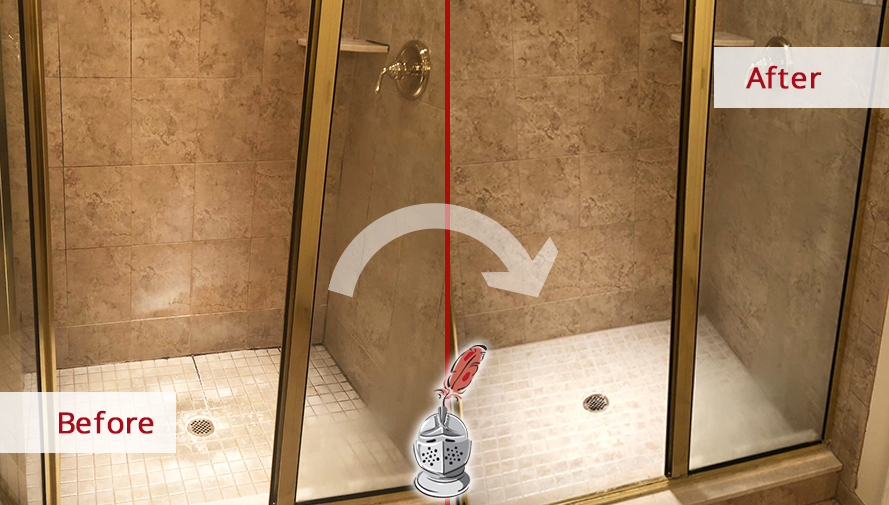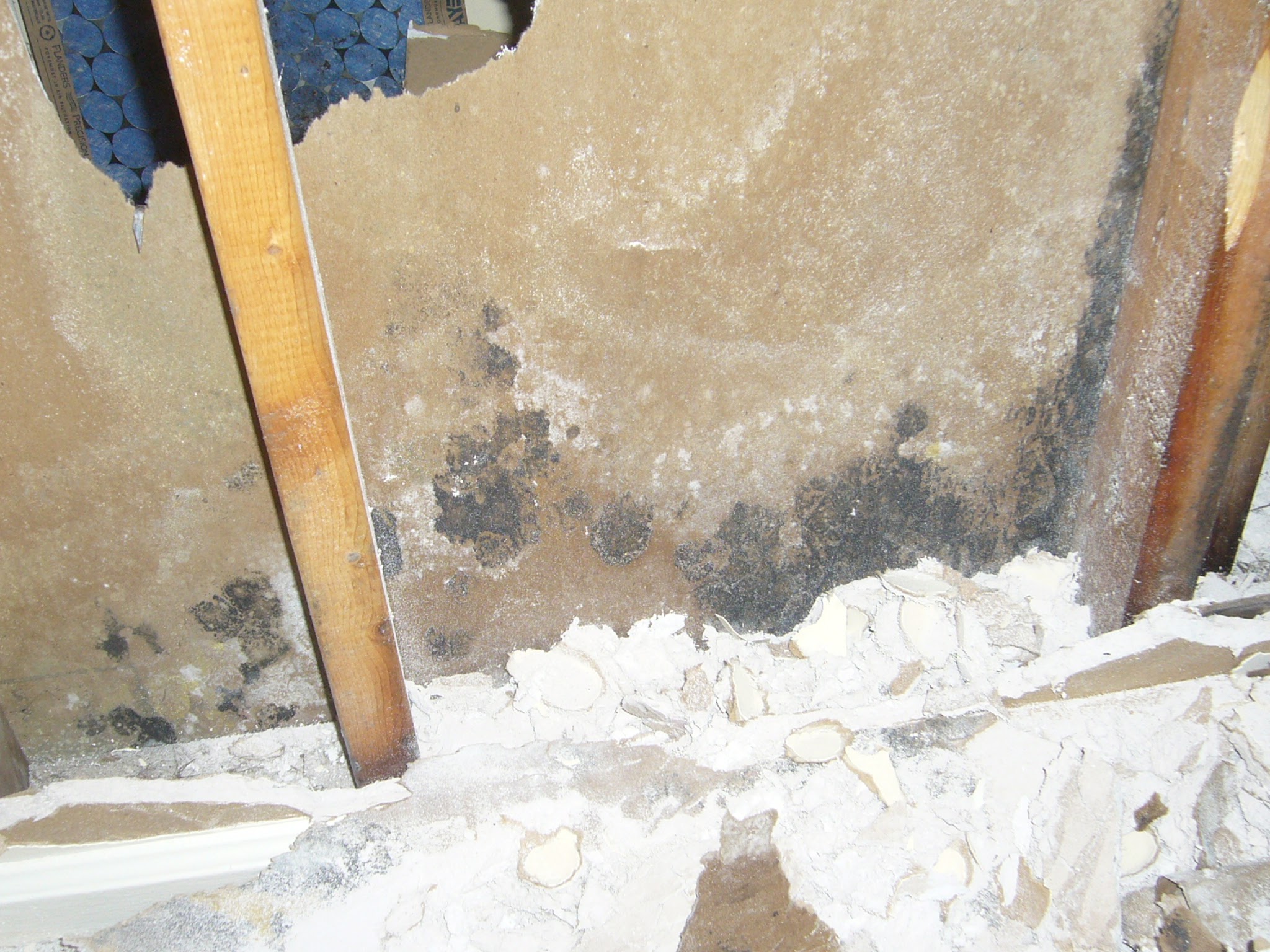The writer is making a few great points on the subject of How to Repair and Prevent Bathroom Water Damage in general in this great article below.

The washroom is incredibly susceptible for wet buildup and prospective water damages as a result of the regular use water in it. This post offers easy assessment methods to assist finding water damages threats.
The regular use water in the restroom makes it very susceptible for moist buildup and prospective water damage. By examining it frequently, you can lower water related damages.
The complying with collection of inspections is easy to carry out as well as need to be done as soon as in every 3 months in order to keep your bathroom in good shape as well as to stop possible water damages caused by the tub, the shower, pipeline joints and also plumbing, sinks, cabinets, and the toilet
Do not neglect doing these examinations and also be detailed while executing them. Keep in mind that these straightforward evaluations can save you a great deal of cash by giving very early indications for water damage
Bathtub and Shower
The shower and bathtub need special attention and maintenance. Examine the floor tiles and change if cracked. Make sure that there is no missing grout between the tiles. Examine and replace cracked caulking at joints where the wall surfaces fulfill the flooring or the bath tub. Obstructed drains pipes and pipelines issues will protect against the bath tub from drying and might show severe problems under the tub. Speak with an expert instantly to prevent architectural damage. Pay attention to stainings or soft areas around the bathtub wall surfaces as they may indicate an inner leakage.
Plumbing
Signs for water damage are hard to detect considering that many pipelines are set up inside the walls.
Pay unique attention to floor covering as well as walls dampness and discolorations as they may show an undetectable plumbing problem. Inspect moisture degrees in adjoining areas also.
Sinks and Cabinets
Sinks and also cabinets are revealed to wetness as well as humidity day-to-day and are usually ignored. Inspect consistently under the sink as well as on the kitchen counter above it. Fix any drip in the catch as it may suggest drainpipe problems. Browse the sink, slow draining pipelines might suggest an obstructed drain. Change sink seals if they are cracked or loosened.
The Toilet
The toilet is an at risk water joint. Inspect the water lines and also search for leaks around the commode seat, in the hose, and under the water container. If you discover any kind of signs of wetness on the floor around the bathroom, check for leakages in the toilet edge and also tank seals.
Be aware that hanging bathroom dish deodorants increases the possibilities for obstructions.
Water Damage Signs In The Bathroom To Avoid Cleanup
Musty smell
This is one of the easiest signs to catch because musty smells are so odorous. The damp, earthy, moldy smell should be a big red flag. The smell will develop when moisture gets trapped in surfaces, and begins to facilitate mold growth. Leaking pipes under cabinets, inside walls, and behind shower fixtures will cause moisture to stay trapped and not dry, which will lead to mold growth and spread. As soon as you notice any musty smells in your bathroom, have it checked for hidden water damage and cleanup signs.
Visible mold
If the smell isn’t there to give it away, sometimes you will actually see mold growth. Finding mold in your bathroom is a serious problem, because mold is very harmful to your health. By the time mold growth is visible, it also means that water damage has already occurred and been present for some time. The only way the mold problem can be resolved is to find the source of the moisture and get it stopped. To safely and adequately remove mold, you need to have professionals handle the remediation. Do not waste any time in getting mold problems addressed, fixed, and sanitized so that you can protect you and your family from the many respiratory symptoms caused by mold exposure.
Damaged floors
Bathroom floors should be able to withstand some exposure to water while still remaining in good condition. However, when excess exposure or water leaks occur, they will begin to damage even the most water-resistant flooring. If you notice any cracking, bubbling, staining, or warping on your bathroom floors, there is probably a water leak somewhere causing the distortion. If you notice areas of the floor have become softer, or even have a spongy feeling, there is probably damage to the subfloor. Subflooring is typically made up of plywood. When plywood is exposed to water or moisture, it will absorb it. Once it has become saturated, the weight of the excess water will cause the wood to swell and soften. Check the floors in your bathroom frequently to catch any of these sings before they lead to damaged subflooring.
Changes on walls
When water leaks behind walls, it will cause changes in the drywall. Peeling plaster, blistering paint, and soggy wallpaper are all good indicators that excess water is building up behind the wall. Water leaking behind drywall will cause it to swell and be soft to the tough. If you start to notice gaps along the trim of your walls, or where tile meets the wall, it could also be a strong indicator that there is a leak behind the wall. Any changes, distortion, or damage on the walls should be evaluated as soon as you notice it to prevent further water damage and cleanup.

We were brought to that report about Preventing Water Damage in the Bathroom from an associate on a different blog. Loved our article? Please share it. Let someone else discover it. Thank-you for your time spent reading it.
Visit Link